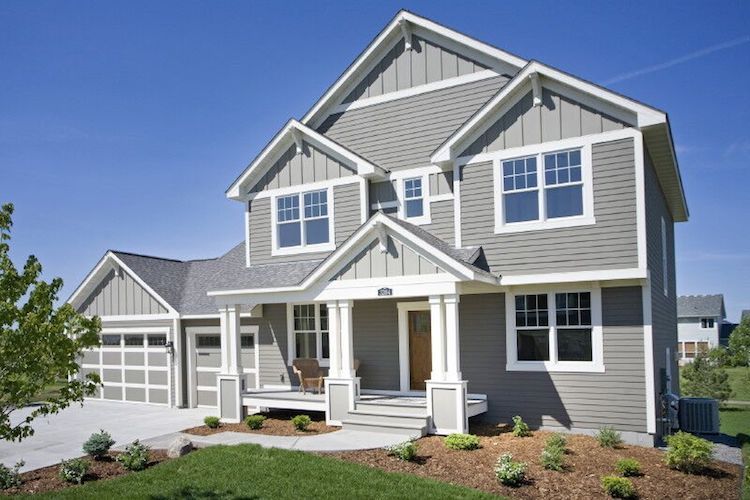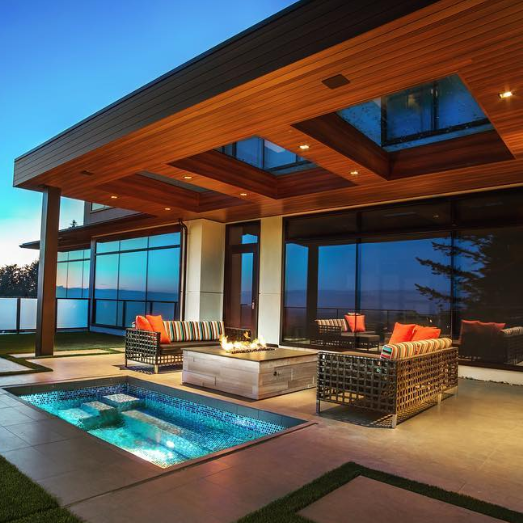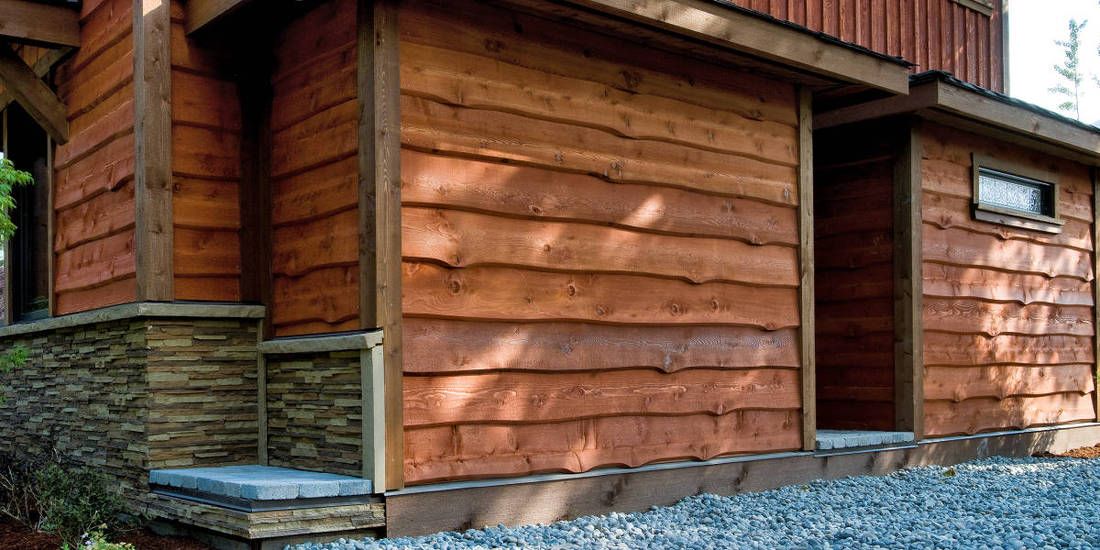Composite Siding: What It Is and Its Advantages and Disadvantages

Composite siding is composed of a variety of materials, including scraps from wood species such as pine and cedar. Despite the fact that it is susceptible to termites and rots easily, there are current makings that have changed for the better, endure longer, and aren't prone to damage from elements. Because of its outstanding reputation, composite siding is frequently used to create the outside designs of residential structures. Composite siding acts as a barrier, keeping water and fallen house particles out of the building while also protecting the inside from elements from the outside world.
Many types of hardness and softness are possible with composite sidings; as a result, when utilized in your home's exterior design, it yields ugly appearance. It may be utilized in a variety of locations, such as areas with severe rainfall, strong winds, tornados, hot or cold weather. It allows you to utilize it in any location you live or do business in.
There are several choices for the type of composite siding to utilize in your home or building design.
Fiber cement siding
- The cement in the mix is high-proof, a variety of cellulose fibers, and sand. This gives it hard concrete that can endure a wide range of environmental circumstances.
- It cannot be burned or infested at the same time, as it is made of wood.
- Because it is heavy, attaching it becomes uncomfortable. This scares homebuyers away, forcing them to seek alternatives.
- Although there's no standard form, fastening is expensive because it necessitates the purchase of cutting equipment, which might cause more harm. You'll also need to hire a professional technician to assist you with fixing the drywall.
- It does not retain or reflect heat, making it unsuitable for severe weather conditions like cold and extreme heat.
- It is time-consuming and costly to maintain.
Oriented strand board (OSB)
- It's composed of sawdust soaked in a bonding agent to make it more stable
- It's more similar to wood but less expensive.
- It is fragile and can be quickly broken down by water, which means it rapidly deteriorates (not very good for the Vancouver climate!)
- It swells and fades away quickly.
Everlast composite siding
- It is a hybrid product that combines the best features of OSB and fiber cement siding. However, it lacks certain characteristics of both materials.
- It looks like wood and has an earthy orientation.
- It's made of a material that is not wood, so it won't rot or be eaten by insects.
- It doesn't need to be painted, since it comes in a variety of hues.
- It's built of thick planks that interlock and is easy to install, so it doesn't break.
- It combines the advantages of OSB and fiber cement to make it more beautiful, giving you the most-desired outside perspective.
Pros Of Composite Siding
It's exquisite; its design is distinctive and attractive, especially given the intricate interlocking joints that reveal it in a way you can't see the nails. The many 15 hues it comes in are also part of its beauty.- It's quicker to install because their boards are reduced to size using standard wood cutting tools rather than diamond- Blade cut fiber cement has to be sliced with special equipment.
- It features patented interlocking joints that guarantee the boards are in line and safe to allow expansion and contraction when temperatures vary throughout the year. It also ensures that there is no vacant area between the planks.
- The next question is whether or not the wood has to be sanded often. The answer is no, since it does not need to be painted because it is resistant to mold, mildew, and pests that can make it filthy. It also helps it endure harsh weather conditions, making it damage resilient.
- The most energy-efficient siding on the market is composite; its construction reflects back outside energy, making air conditioning and other equipment like it run smoothly. The white covering also aids in heat dissipation during the hot months, providing insulation up to 70%.
If you're interested in
composite siding installation in Vancouver, get in touch with our customer service team to book a consultation for your next project.
Blog
sERVICE aREAS
Vancouver Facade



